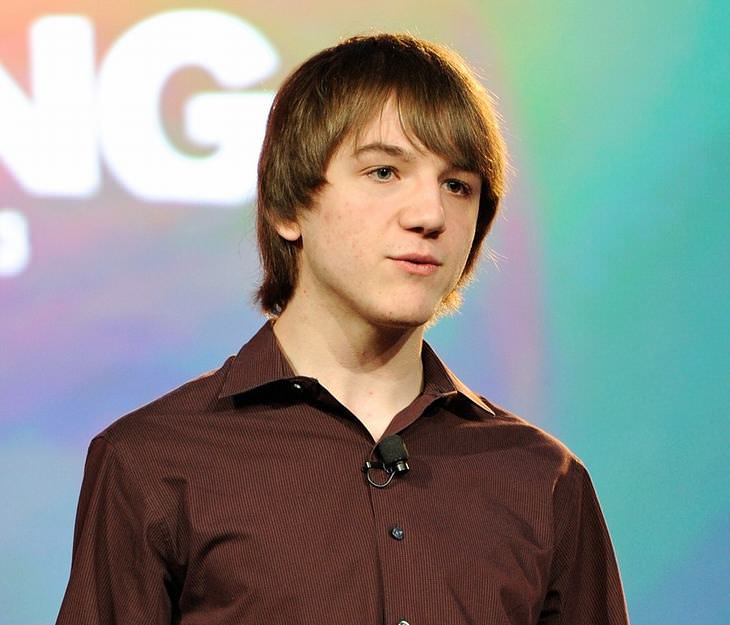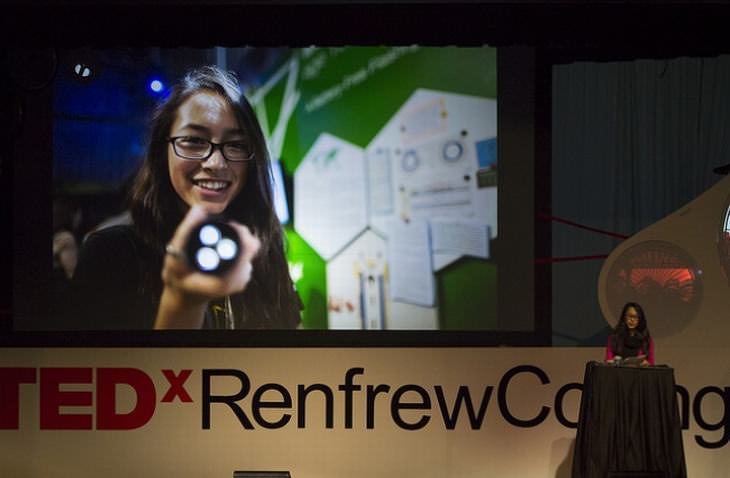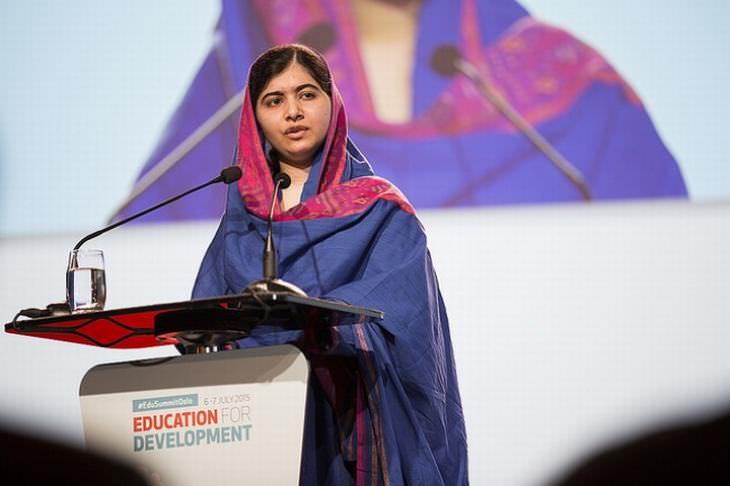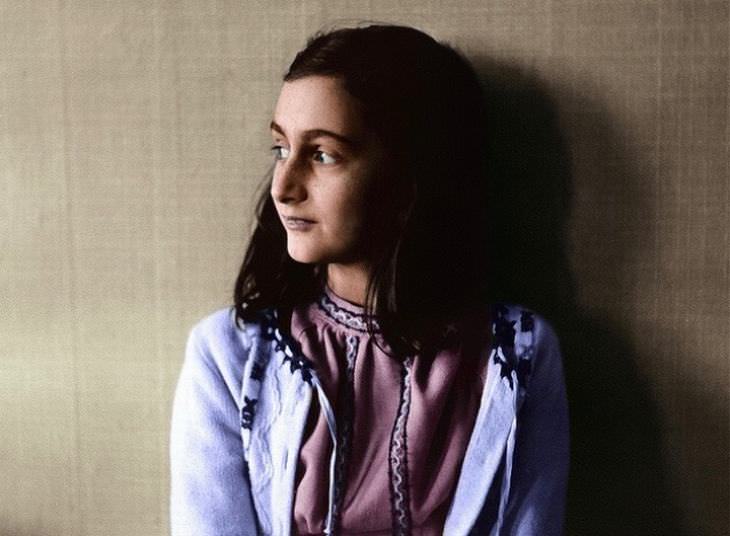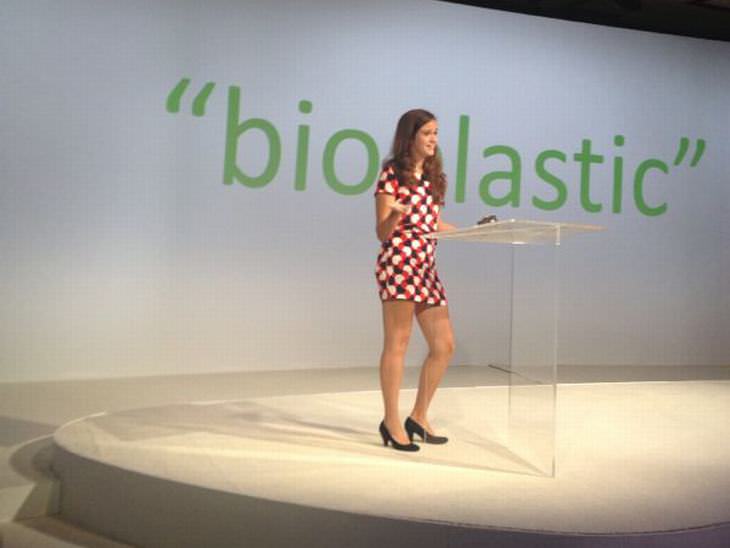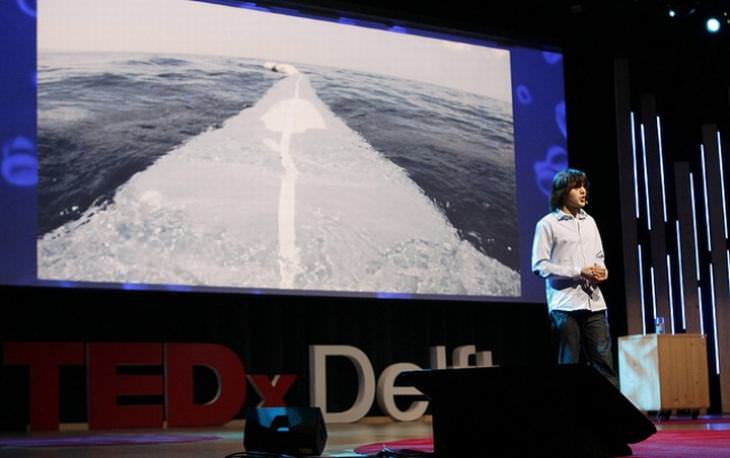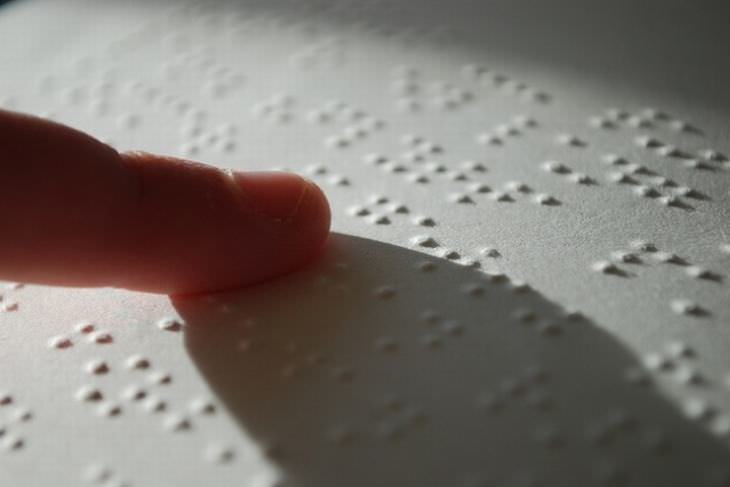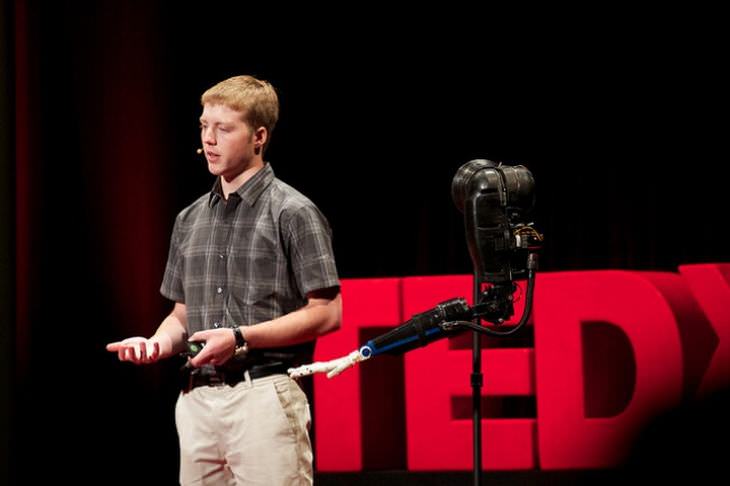1. Jack Andraka
Born in 1997, Jack was an ordinary kid until a close family friend died from pancreatic cancer. This event inspired him to look for a way to identify the early stages of cancer. At 15, he invented a new type of sensor to spot the presence of cancer cells, which proved to be less expensive, much faster (x168), and more accurate (25-50%) than all other tests. He was rejected by almost 200 labs until he was finally endorsed by Dr. Anirban Maitra at John Hopkins.
2. Ann Makosinski
Ann, was just 16 when she created the Hollow Flashlight - a flashlight that converts body heat into light without any batteries or kinetic energy. What drove Ann to create this impressive invention? She was deeply moved when she learned that a friend in the Philippines had no light at night, the only time she was free to do her homework. She spent just $26 on her prototype materials and aims to provide her gadget for free to people in developing countries.
3. Malala Yousafzai
Malala is the youngest individual to ever receive a Nobel Prize. She was born in Pakistan and lived in a small town ruled by the Taliban, which banned girls from receiving an education or attending school. At age 11 she wrote a blog for a local BBC station, voicing her desire for girls to continue studying. At 15, she was shot in the head by a Taliban gunman while she was riding the bus to school. She survived the attack and was sent to a hospital in Birmingham, UK, where she now lives, running a number of education programs.
4. Anne Frank
The Diary of a Young Girl, written by Anne Frank, is one of the world's most widely known books, When the persecution of the Jewish population increased, her family went into hiding for two years. But, they were eventually arrested by the Gestapo and sent to a concentration camp. Sadly, Anne died at the age of 16 in the camp, just a couple of months before the end of the war. In 1952 her diary was published by her father and was translated into over 60 languages. Anne had wanted to be a journalist, but sadly she didn't get to witness her diary be praised for its literary merits.
5. Elif Bilgin
After two years of research and failed attempts, Elif, a 16 year old from Turkey, developed a process that turns banana peels into bioplastic. This invention could potentially reduce petroleum-based pollution. In her journal, she wrote that Thailand throws 200 tons of banana peels each day, all of which could be put to better use. She started experimenting and ended up winning the 2013 Science in Action Award.
6. Boyan Slat
Slat, a 16-year old teenager from the Netherlands was shocked to find lots of plastic while diving in Greece. So he chose to explore ocean pollution as his high school science project. At age 18, he presented a system that uses ocean currents to make plastic concentrate, reducing the process of cleaning the ocean. A number of organizations and companies have praised his invention. Adding to this, Boyan is the youngest person ever to receive the UN's highest environmental award.
7. Louis Braille
You've likely heard about the Braille system of reading and writing for the blind, or the visually impaired, created by Louis Braille, a 15-year-old French inventor. At three years old, an injury to his left eye left Braille blind. Despite his blindness, he exceeded in his education and got a prestigious scholarship to join the Royal Institute for Blind Youth. He then started to work on a system that would help blind people write and read quickly, which he presented to his peers at the age of 15.
8. Easton LaChappelle
This 14-year-old teenager made his first robotic hand using lego and fishing wire. But he didn't just stop there. He used 3D printing technology and self-taught knowledge of robotics to turn his prototype into an affordable and practical device. Consequently, NASA became very interested in his work and invited him to join their Robonaut team. At just 17, he's already worked for NASA.

